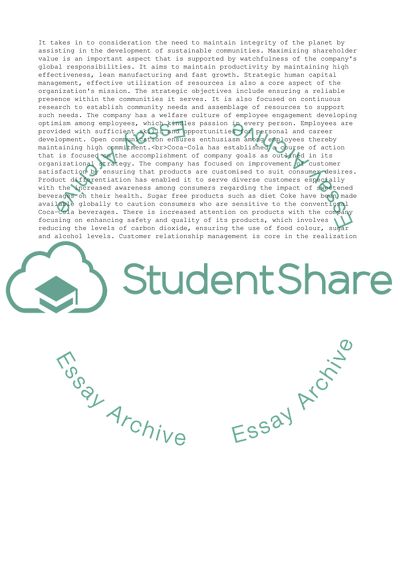Cite this document
(Personal leadership development as a strategic manager Assignment, n.d.)
Personal leadership development as a strategic manager Assignment. https://studentshare.org/management/1873373-personal-leadership-development-as-a-strategic-manager
Personal leadership development as a strategic manager Assignment. https://studentshare.org/management/1873373-personal-leadership-development-as-a-strategic-manager
(Personal Leadership Development As a Strategic Manager Assignment)
Personal Leadership Development As a Strategic Manager Assignment. https://studentshare.org/management/1873373-personal-leadership-development-as-a-strategic-manager.
Personal Leadership Development As a Strategic Manager Assignment. https://studentshare.org/management/1873373-personal-leadership-development-as-a-strategic-manager.
“Personal Leadership Development As a Strategic Manager Assignment”. https://studentshare.org/management/1873373-personal-leadership-development-as-a-strategic-manager.


